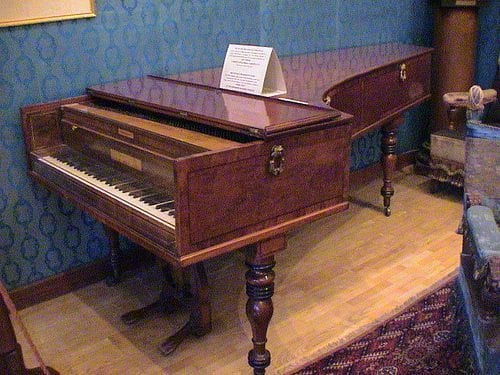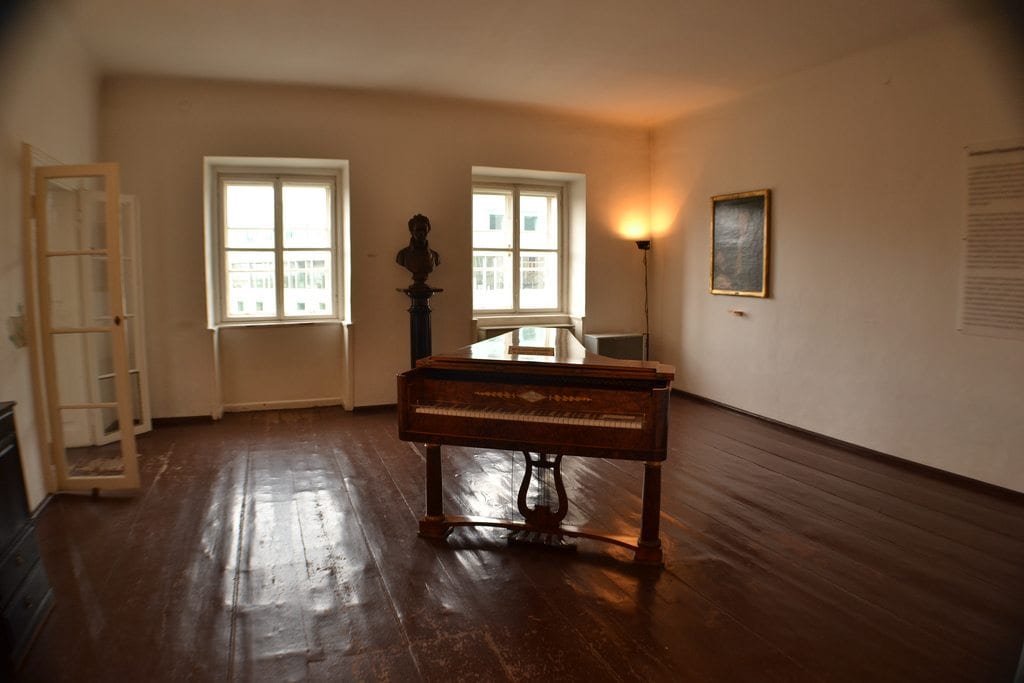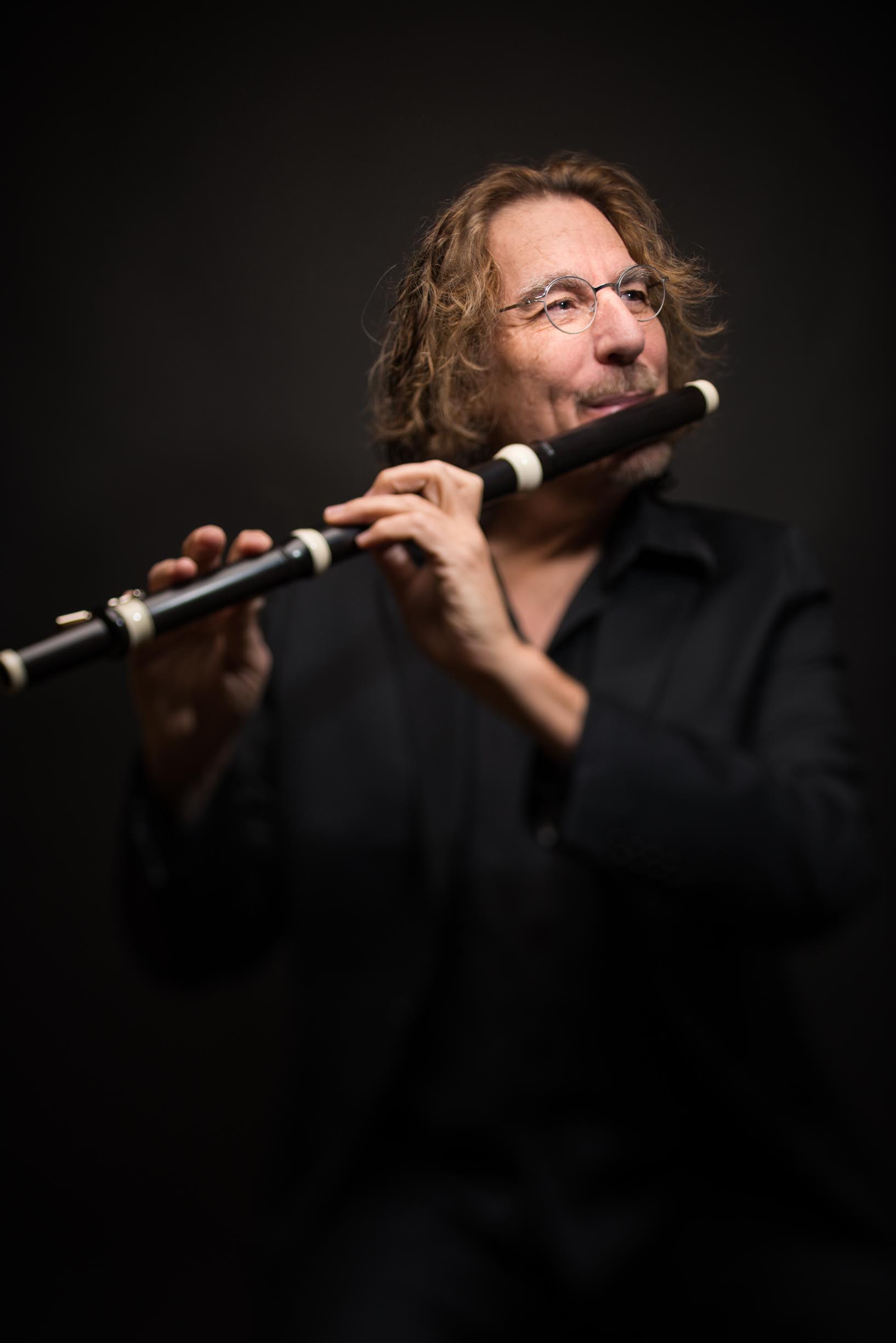Piano, Pianoforte, Fortepiano:
To-may-to, To-mah-to?
Bruce Lamott
Ever since homo sapiens discovered that a taut string could produce a pleasing sound, they have looked for various ways to make it vibrate. There’s probably no anthropological research to back me up, but common sense suggests that they first might try to twang it, leading to an ancient and cross-cultural lineage of plucked instruments, including the Greek kithara, Japanese koto, Indian sitar, Chinese guzheng, the Biblical psaltery, and Arabic/European zither, guitar, lute, and harp. In the Middle Ages, the plucking of multiple strings became mechanized by the addition of a keyboard, producing the earliest harpsichord.
Ancient humans also came up with the idea that hitting the string with something would also produce a pleasing tone, leading to the development of instruments such as the hammer dulcimer and Hungarian cimbalom. Keyboards again mechanized this action, striking the strings with something metallic (clavichord) or with soft leather hammers–leading to the pianoforte, invented by Bartolomeo Cristofori, curator of keyboard instruments for the Medici family in Florence in the late 1600s. (Whoever got the idea that you could rub a string with the coarse hair of a horse’s tail after rubbing in tree sap, well, that’s another story altogether. Watch this space for a later discussion.)

Beethovens Broadwood
The virtue of Cristofori’s pianoforte is found in its name: piano (soft), forte (loud), or vice versa, fortepiano. [It’s ironic that the thundering modern Steinway got stuck with the word for “soft.”] There’s a common misassumption that the pianoforte replaced the harpsichord because it was louder, based on an unfair comparison of the historic harpsichord with a modern grand piano. It wasn’t. What it could do, unlike the harpsichord, was produce gradations of volume (dynamics) according to the touch of the player. As musical taste in the late 1700s began to delight in sudden juxtapositions of loud and soft, gradual increases and decreases of volume (crescendo, diminuendo), the need for an instrument which was more responsive to the impulses of sentimental personal expression.

Beethoven’s piano in Vienna, Pasqualati house.
Mozart and Beethoven were both virtuoso fortepianists, and they and their contemporaries wrote many compositions juxtaposing the solo fortepiano with the newly standardized orchestra of strings, woodwinds, and brass in compositions known as concertos. The instrument was less than a century old, however, and like vintage automobiles of the first generation, there was no standardization of the mechanism that produced the tone. Unlike today, where you can sit at a grand piano in a jazz club, bar, or symphony hall and expect to play the same kind of instrument, the composers of the Classic era–including Mozart and Beethoven–didn’t know what to expect. Viennese and German fortepianos, known for their extremely light touch and tiny hammers, bounced the hammers off of the string, while the louder and stiffer English pianos threw their larger hammers at the string.
Robert Levin will perform Beethoven’s Third Piano Concerto with Philharmonia on a Viennese-style fortepiano of the type on which Beethoven premiered it. This piano is noted for its silvery bass, its fluty treble, and its delicate touch. Instead of a foot pedal to control the sustaining of the sound, the performer uses knee levers to raise and lower the dampers on the strings.
For a further explanation and demonstration of this remarkable instrument, go to Youtube and watch Kristian Bezuidenhout, also a frequent and popular performer with Philharmonia:
Hear Robert Levin perform Beethoven’s Concerto for Fortepiano No. 3 on PBO’s period fortepiano October 15-22. Learn more and get tickets below.





